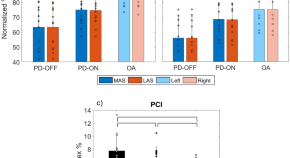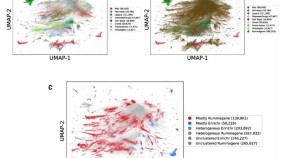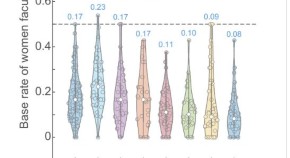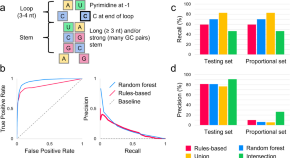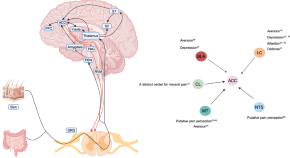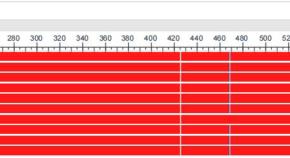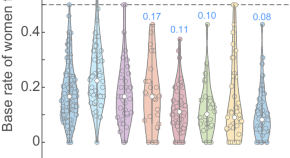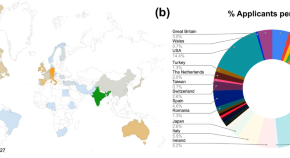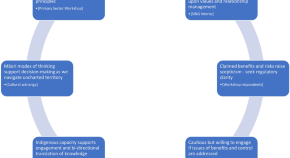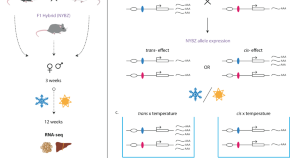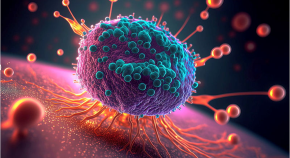Featured
Announcements
Advertisement
-
-

Between hope and reality: treatment of genetic diseases through nucleic acid-based drugs
Nucleic acids-based drugs aim to fix the genetic problem at its source and emerge as a promising new class of drugs. Recent advances in this field enabled their approval for the treatment of orphan genetic diseases for which no cure was available.
-
-
Trending - Altmetric
-
Highly pathogenic avian influenza A(H5N1) virus in a common bottlenose dolphin (Tursiops truncatus) in Florida
-
Selective deforestation and exposure of African wildlife to bat-borne viruses
-
Snow avalanches are a primary climate-linked driver of mountain ungulate populations
-
Rationally designed chromosome fusion does not prevent rapid growth of Vibrio natriegens




